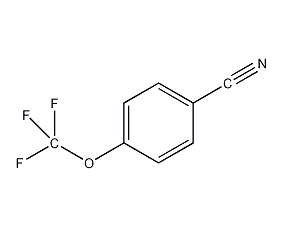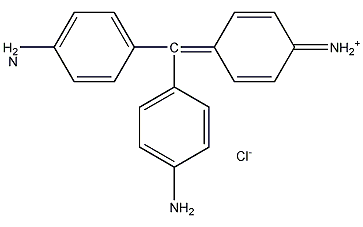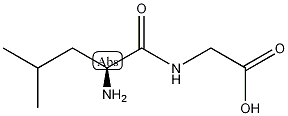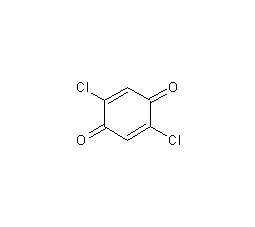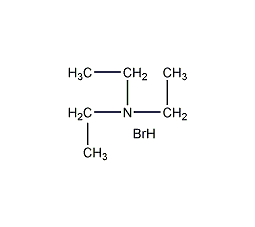2,4,6-trimethylbenzoic acid


Structural formula
| Business number | 051Y |
|---|---|
| Molecular formula | C10H12O2 |
| Molecular weight | 164.20 |
| label |
Mesitylenecarboxylic Acid, (CH3)3C6H2CO2H |
Numbering system
CAS number:480-63-7
MDL number:MFCD00002481
EINECS number:207-553-9
RTECS number:DI0887010
BRN number:1866187
PubChem number:24889636
Physical property data
1. The standard heat of combustion (enthalpy) of the crystal phase (kJ·mol-1): -5172.22
2.. The standard claimed heat (enthalpy) of the crystal phase ( kJ·mol-1): -47.85
3. Relative vapor density (g/cm3, air=1): Undetermined
p>
4. Melting point (ºC): 155
5. Boiling point (ºC, normal pressure): Undetermined
6. Boiling point (ºC, 5.2kPa): Undetermined Determined
7. Refractive index: Undetermined
8. Flash point (ºC): Undetermined
9. Specific rotation (º): Undetermined
10. Autoignition point or ignition temperature (ºC): Undetermined
11. Vapor pressure (kPa, 25ºC): Undetermined
12. Saturation Vapor pressure (kPa, 60ºC): Undetermined
13. Heat of combustion (KJ/mol): Undetermined
14. Critical temperature (ºC): Undetermined
15. Critical pressure (KPa): Undetermined
16. Log value of oil-water (octanol/water) partition coefficient: Undetermined
17. Explosion upper limit (% ,V/V): Undetermined
18. Lower explosion limit (%,V/V): Undetermined
19. Solubility: Undetermined
Toxicological data
Acute toxicity: mouse intraperitoneal LD50: 562mg/kg, muscle contraction or spasm;
Ecological data
This substance may be harmful to the environment, and special attention should be paid to water bodies.
Molecular structure data
1. Molar refractive index: 60.87
2. Molar volume (cm3/mol): 186.2
3. Isotonic specific volume (90.2K ): 465.8
4. Surface tension (dyne/cm): 39.1
5. Polarizability (10-24cm3): 24.13
Compute chemical data
1. Hydrophobic parameter calculation reference value (XlogP): 2.6
2. Number of hydrogen bond donors: 1
3. Number of hydrogen bond acceptors: 2
4. Number of rotatable chemical bonds: 1
5. Number of tautomers:
6. Topological molecular polar surface area (TPSA): 37.3
7. Number of heavy atoms: 12
8. Surface charge: 0
9. Complexity: 165
10. Number of isotope atoms: 0
11. Determine the number of atomic stereocenters: 0
12. Uncertain number of atomic stereocenters: 0
13. Determine the number of chemical bond stereocenters: 0
14. The number of uncertain stereocenters of chemical bonds: 0
15. The number of covalent bonding units: 1
Properties and stability
Use and store according to specifications, no decomposition will occur, and avoid contact with oxides
Storage method
Seal and store in a ventilated, dry place to avoid contact with other oxides.
Synthesis method
None yet
Purpose
Used as an intermediate for dyes, pesticides, pharmaceuticals and photoinitiators, and can be used to synthesize trimethylbenzoyl chloride, etc.


